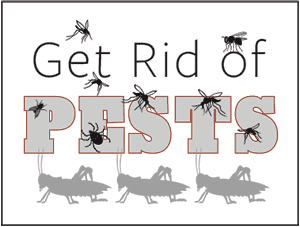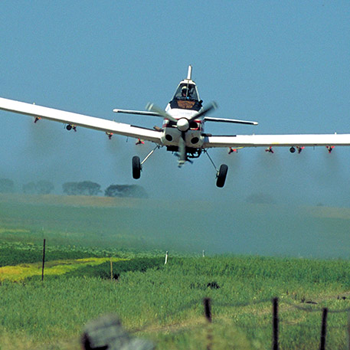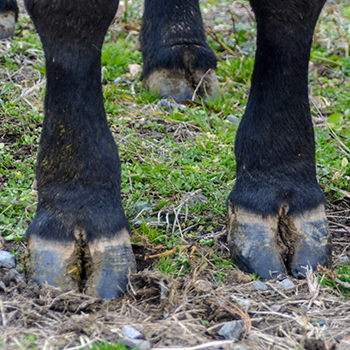
Meat Plant Closures Tighten Supplies
Current processing capacity reduction has longer-term implications for producers, retailers and shoppers.
The reduction of meat processing capacity caused by U.S. plant closures and slowdowns has created a bottleneck in the nation’s meat and livestock supply chain. Nearly two dozen plants that process beef and pork products closed in April due to the COVID-19 outbreak, while many others have had to slow their production as a result of the disease.
According to a new report from CoBank’s Knowledge Exchange division, even if the reduction of processing capacity is temporary, it will likely have a lasting effect on meat processors, livestock producers, retail stores and consumers. Meat supplies for retail grocery stores could shrink nearly 30% by Memorial Day, leading to retail pork and beef price increases as high as 20% relative to prices last year.
“Margins for cattle and hog farmers have fallen to multi-year lows,” says Will Sawyer, lead animal protein economist with CoBank.
With meat plants closed or running at partial capacity, farmers are left with few options.
Pork and beef production is down approximately 35% compared to this time last year, making retail shortages and price inflation nearly assured, Sawyer adds.
Declining meat production in April will likely lead to reduced grocery store supplies in May and June. Grocery stores are already rationing their current meat supplies. The supply chain and inventory from the meat plant to local grocery store meatcases is less than a few weeks.
“Significant contractions in meat supplies have often led to substantial inflation of retail beef and pork prices,” says Sawyer. “In the past 20 years, retail pork prices experienced inflation of more than 10% just twice. And neither of those times did we see inflation climb to 20%, which may be coming in the months ahead.”
President Trump’s executive order to reopen closed meat plants could help stem the tide of additional plant closures and pave the way for closed plants to reopen. Meat processors have instituted several measures to ensure employee safety, reduce the spread of COVID-19 and keep protein supplies moving. However, attracting enough workers to fill the thousands of vacant positions at meat plants across the United States may be challenging in the near-term.
For consumers, closed meat plants means less meat in the grocery store in the weeks ahead. Up to this point, U.S. consumers have been able to rely on grocery stores as many restaurants across the country have closed in response to “stay-at-home” orders in many cities and states.
As communities reopen with only about one week of meat supply in cold storage, shortages and stockouts in the meatcase could not come at a worse time. Food inflation and a weak U.S. economy is a combination that will leave many consumers in greater financial strain.
The full report, “Closed Meat Plants Today Mean Empty Meat Cases this Summer,” is available at https://bit.ly/35ZMrbt.
Editor’s note: This article is from CoBank. Photo by Kasey Brown.





